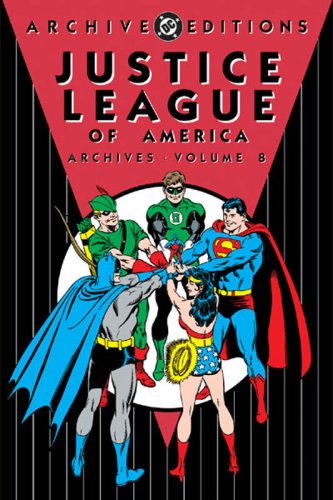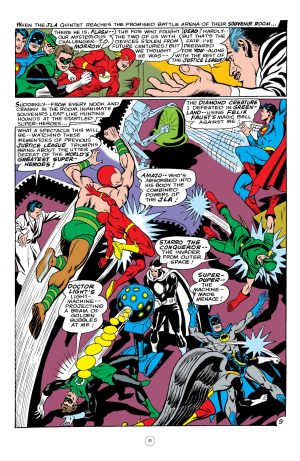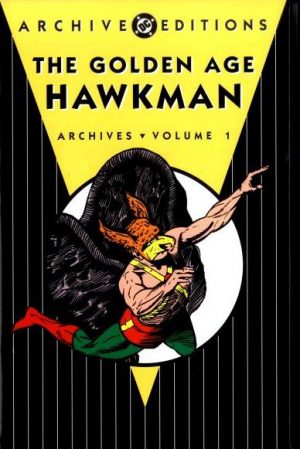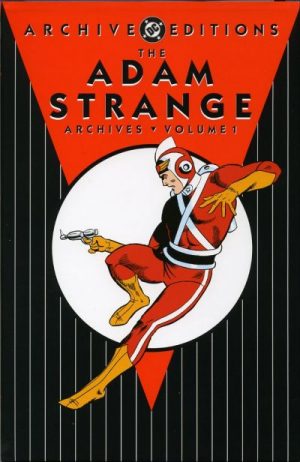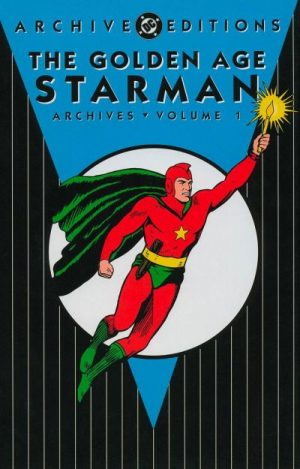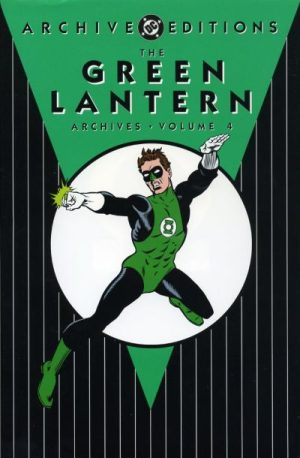Review by Frank Plowright
In 1968 the Justice League of America comic was tired and outdated. For eight years Gardner Fox had provided clever stories, some science-fiction based, others featuring super-villains, but his starting point was the same formula he used in the 1940s for the adventures of the Justice Society. The heroes met at the beginning and end, and teamed to fight aspects of the menace in the middle chapters. They were interchangeable personalities, dialogue only present to move the stories forward, and Fox was at a loss when the Batman TV show became an unpredicted phenomenon, and DC’s superhero titles were expected to follow a similar glib tone. See Justice League Archives Volume 7.
In Fox’s final Justice League stories, though, the mojo is slightly rediscovered. Instead of concentrating on what he’s uncomfortable with, he reformats what he’s always been good at. Characterisation still isn’t fashionable, so only costumes distinguish one person from another, but Fox could always write mysteries, and in his final half dozen issues he delivers one after another that still intrigue. Why is every member of the Justice League impersonating Green Arrow? What’s the connection between the JLA and a 25 year old murder? How will the JLA get out of being set up to kill each other? Even artist Mike Sekowsky seems enthused, and there’s some life to these stories lacking from his JLA work produced in the months beforehand.
Fox’s finale is the annual team-up with the Justice Society, and it’s surprisingly good. An entire chapter featuring the Justice Society was a brave departure back in 1968, using the Red Tornado name to introduce a new troubled hero is viable, and so is the idea that the second part of the story seemingly has no connection to the first for a long while. As a bonus Fox briefly throws in many of the JSA’s old enemies, and while new artist Dick Dillin is a little stiff in places, for the time it supplied a fresh energy. Dillin’s art improves when inked by the impeccable Sid Greene on the remaining stories.
Denny O’Neil injected contemporary vibrancy into every other DC feature he took over in the late 1960s and early 1970s, but his usually sure instincts fail him here. He recognises change is needed, but not that the Justice League is supposed to be the bright, brash ultimate superhero series uniting to face threats that otherwise can’t be overcome. He does attempt to introduce personalities, which is welcome, but utterly fails to provide entertainment. His first story is a compromised pastiche of Fox’s gimmick stories in which people’s morale is sapped, but the villain being General Demmy Gog tells you all you need to know.
Even allowing for writers needing a few issues to settle into a series the remainder is poor as the JLA encounter a naive alien entity, again meet one of the least credible villains they ever fought, and then have to deal with the Mind-Grabber Kid! Worse still, attempts to ensure the series was contemporary in 1969 results in cringe-inducing dialogue now. There are very few redeeming features, but one is the whimsical solution to a note found claiming someone has been kidnapped by Green Arrow.
O’Neil’s stories continue in Volume 9, but all these years removed from them, it’s the old and staid that stands up far better than what in 1969 was the new and different.
